Ecaterina Vrana’s (b.1969, Constanța) art is, in all rights, part of the Japanese aesthetics of mono-no-aware where beauty envelops the sadness of reality. It is an immediate, dramatic, yet not tragic sadness that dripped down from the very metabolism of the artist’s life. Although she is closer to expressionism in terms of the ways she artistically sees her own experiences in a world adorned with alienation, the constellation of her idiosyncratic symbols also has a kinship to surrealism, to the relation between conscious and subconscious.
The works of Ecaterina Vrana, who graduated the Art Academy in Bucharest, in Sorin Ilfoveanu’s class, makes one think of Lucian Freud’s quote “Everything is autobiographical and everything is a portrait”. It is a world that is spatially and temporally reduced, like a refrigerator for stingy time, all her characters strip down any action, as if waiting for something unknown in the density of the colored paste, they branch out onto the canvas in a sort of splendid isolation, the only thing that might save us from the emotional wear that keeps us trapped in the basement of the everyday. Her big paintings are nearsighted – but not afflicted by nearsightedness, we do not hold this against her – when faced with the present earthquakes of society, to the growing pits in political and economic life, but they are very well equipped to see, to record the earthquakes of her own existence which she metaphorically appropriates. If one were to make a literary comparison, it would be Max Blecher’s “Adventures in immediate irreality”.
The art show “Chicken Army” at the GNYP Gallery in Berlin is a testimony to these statements, as seen by the historian and art critic Erwin Kessler: “The GNYP exhibition is warmer than others. Ecaterina Vrana’s art is a seismometer for her own conditions, her art shows become maps for the earthquakes of a certain period. And this recent cycle, exhibited by Marta Gnyp, is one of settlement for the tectonic plates. For her, chickens have always embodied pleasure and it is no surprise that, in the midst of all the chicks in this art show, there is also a clumsy kind of primary, cosmically shivering sexuality.”
Ecaterina Vrana is the first Romanian artist presented at the GNYP Gallery in Berlin, a gallery that was founded last year by the art consultant and journalist Marta Gnyp. This exhibitional endeavor is a natural continuation of Ecaterina Vrana’s presentations outside the Romanian space after Nicodim Gallery organized her first solo show in Los Angeles last summer. At the same time, her artworks were part of the “Boogieman” show by the aforementioned gallery in Los Angeles and Bucharest along with works by Adrian Ghenie, Ciprian Mureșan, John Duncan, Mike Kelley, Max Hooper Schneider, etc.
Marta Gnyp finds the Romanian artist’s works online and, after contacting gallerist Mihai Nicodim who represented Ecaterina Vrana, visits her workshop in Bucharest right after the show opening and remembers how she felt during the show: “Seeing the artworks live is breathtaking” and argues why she chose Ecaterina Vrana for a solo show in her own gallery: “Ecaterina is a true painter, focused on the possibilities of this medium. She creates her own sovereign reality using almost no art references, something very rare nowadays. She made her own language full of symbols and signs; at the same time Ecaterina Vrana’s art addresses essential emotions and this aspect makes it universal”.
The eight paintings made especially for the “Chicken Army” exhibition uses only a few colors, but these colors are celebrated on the canvas and become an offering to the need of something palpable in almost sculptural structures. The artist’s iconographic bestiary – chickens, cats – appear to be detached from the canvas, the color is so corporeal, from the darkness of somber black to intense red and oceanic blue and, every now and then, a violet described by Kandinsky in “Spiritual in art”, as a lost red.
In the artwork “Snowmen or the Beach by Night”, in which the artist places two black snowmen that hold hands on the beach, a very contradictory duality, could be grounds to accuse Vrana of cynicism, if the eyelids would not have the shape of snowdrops in bloom. By introducing such a vegetal tenderness within the harshness of the canvas, which is predominantly dark, the artist quietly declares herself closer to Pierre Soulage’s vision which sees the color of light in the black, so there is no denying of optimism but a decanting of the prototype for the German expression ein Schwarzmaler (someone who sees everything in black, a pessimist). The snowman is one of the artist’s symbols, a figurative gesture that marks the confinement to the limits of a certain geographical space, the helplessness to survive in a imposed temporal space. The snowman is winter’s eternal prisoner.
We often see in Vrana’s paintings processions of chickens and cats, a march of domesticated animals that stir us from our urban sleepiness. The chick, a yellow comical ball in the garden of childhood, the creature of helplessness, of innocence, of instinctive submission, the herald of spring on any Easter card but also an ancient motif for maternity just like in the old cradle songs, is a common symbol, the iconographic intersection for the works in the “Chicken army” exhibition. In “Roasted Chicken” the chick is sacrificed and left for dead for the cats, in “Chicken Army” it is multiplied, enlarged, shrunk, it is part of a procession on the road exiting a lost paradise, while in “White Syrene” or in “Golden Watercan with Two Countesses” it is accentuated, it has the leading role of a narrator, although this is not immediately evident, who whispers a mysterious story.
The famous tapestry “La Dame a la Licorne”, dating back to the early 16th century, allegorically presents man’s five senses: to see, to hear, to smell, to taste, to feel. For Ecaterina Vrana, the first and last sense occupy the perceptive space. The characters are almost always holding hands, their eyes are big and accentuated, in the shape of a chick like in “Golden Watercan with Two Countesses”, or of a cat like in “Lica and Valentina and Luna Park”. Her paintings hold sufficient evidence for art that you see, you contemplate, you look (at something), thus overlooking yourself. The need for a confession, for a verbal confession is still something acute for Ecaterina Vrana and is expressed in the notes she takes when she is preoccupied and/or busy with a painting. In fact, her entire oeuvre is an emotional document for her personality because, as historian and art critic Erwin Kessler noticed, in Vrana’s art there are no daily subjects or a socially imposed agenda, but the jubilation of someone who repeatedly places the individual in the center of the universe.
When I met Ecaterina Vrana at the opening of her show – she small, dressed in black, with delicate gestures, taking her time, with large eyes almost always filled with surprise and wonder, with a gentle smile like the last fallen leaves of autumn and solar blonde hair – I wanted to shout: The Little Prince is a grown-up! because in her works I could make out “And now here is my secret, a very simple secret: It is only with the heart that one can see rightly; what is essential is invisible to the eye.” But I would have felt embarrassed by my emotions in the grand living room of life. Ecaterina Vrana is never embarrassed.
Ecaterina Vrana, Chicken Army is at GNYP Gallery in Berlin between December 10, 2016 – January 28, 2017. Curator: Marta Gnyp.
POSTED BY
Veronica Kirchner
Born in Timișoara, she lives and works since 2000 in Munich, Germany. She is a cultural journalist, reporting on Romanian events in Europe....


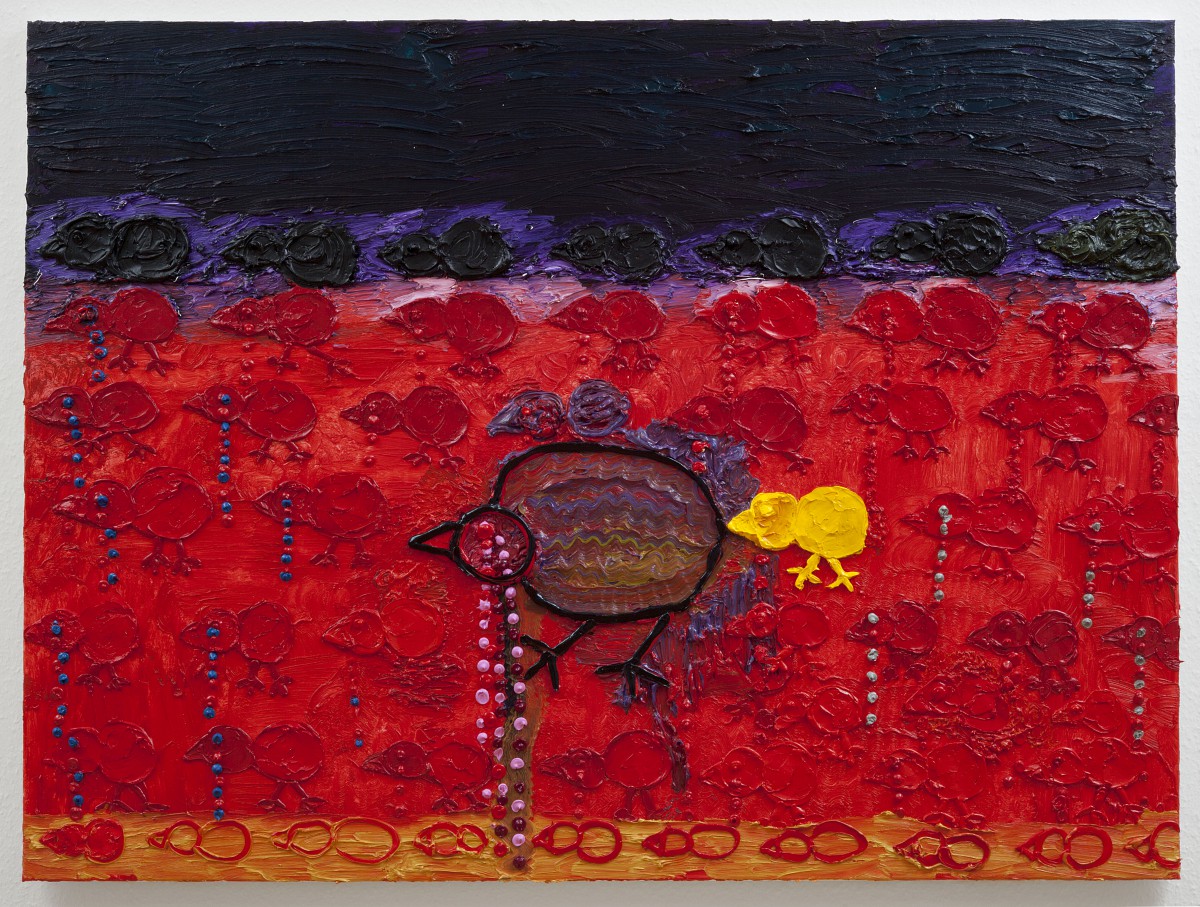
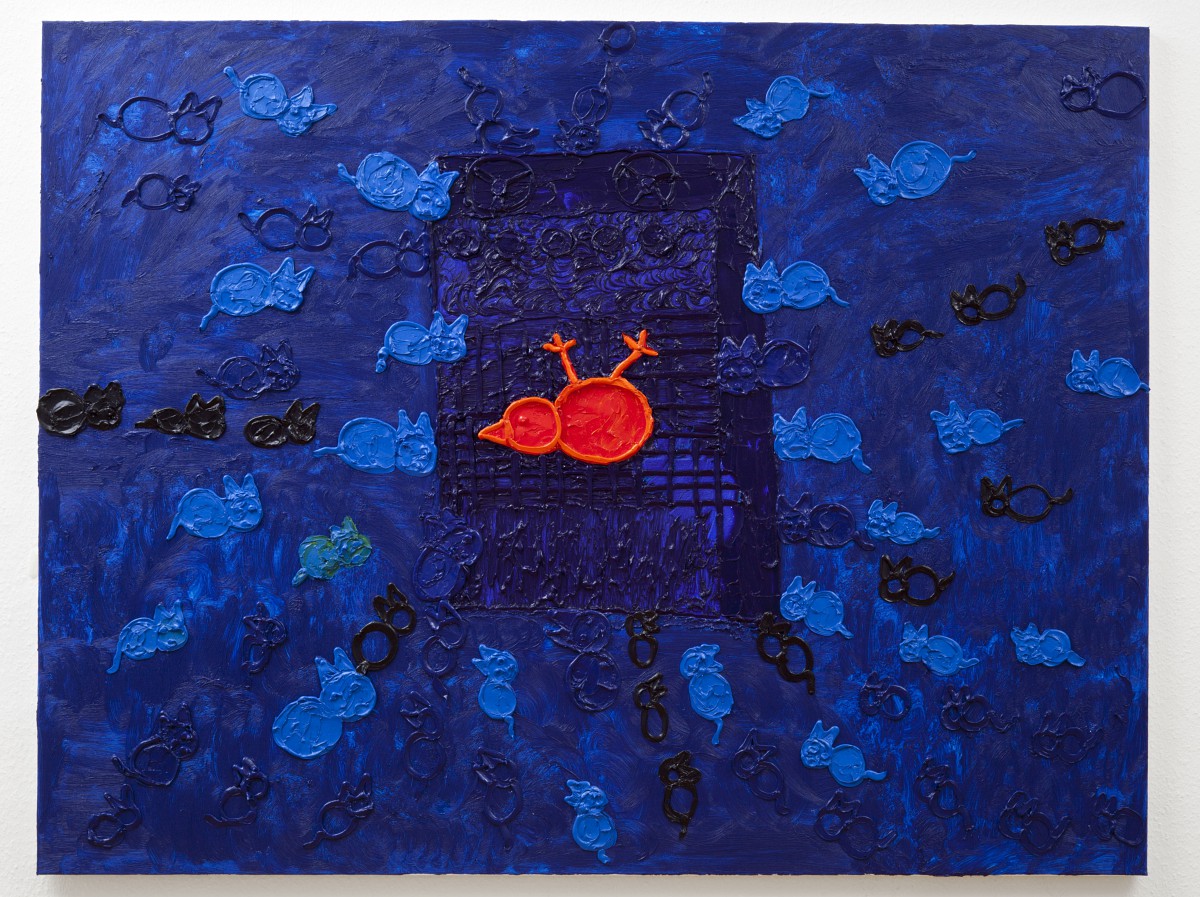
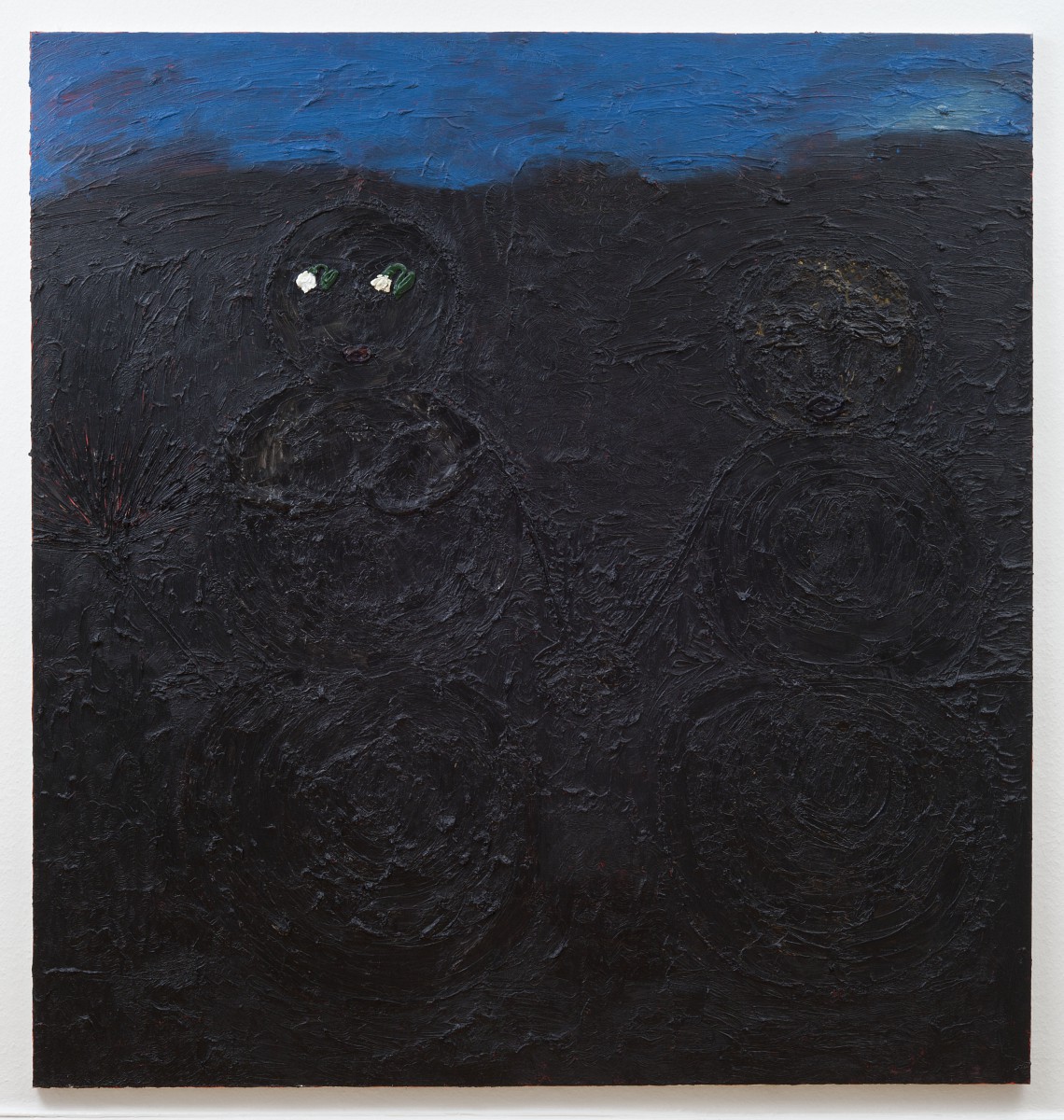
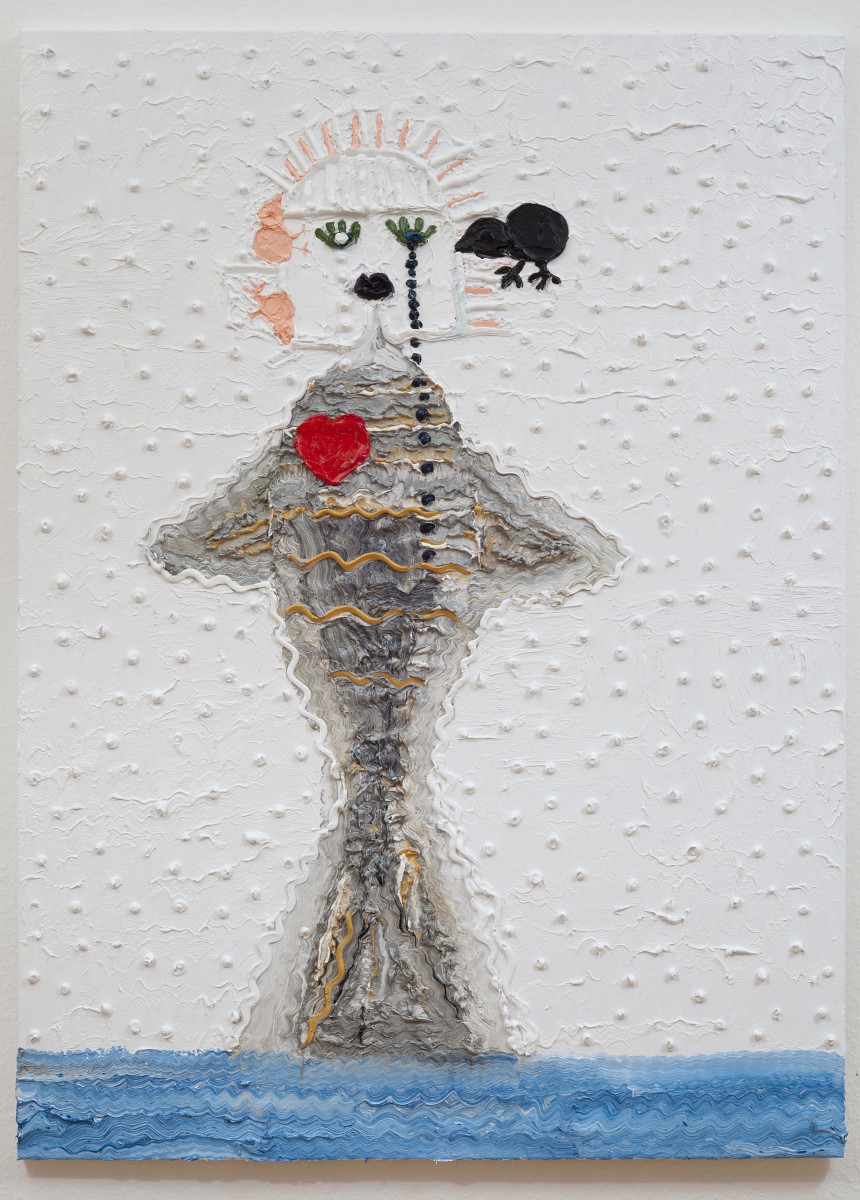
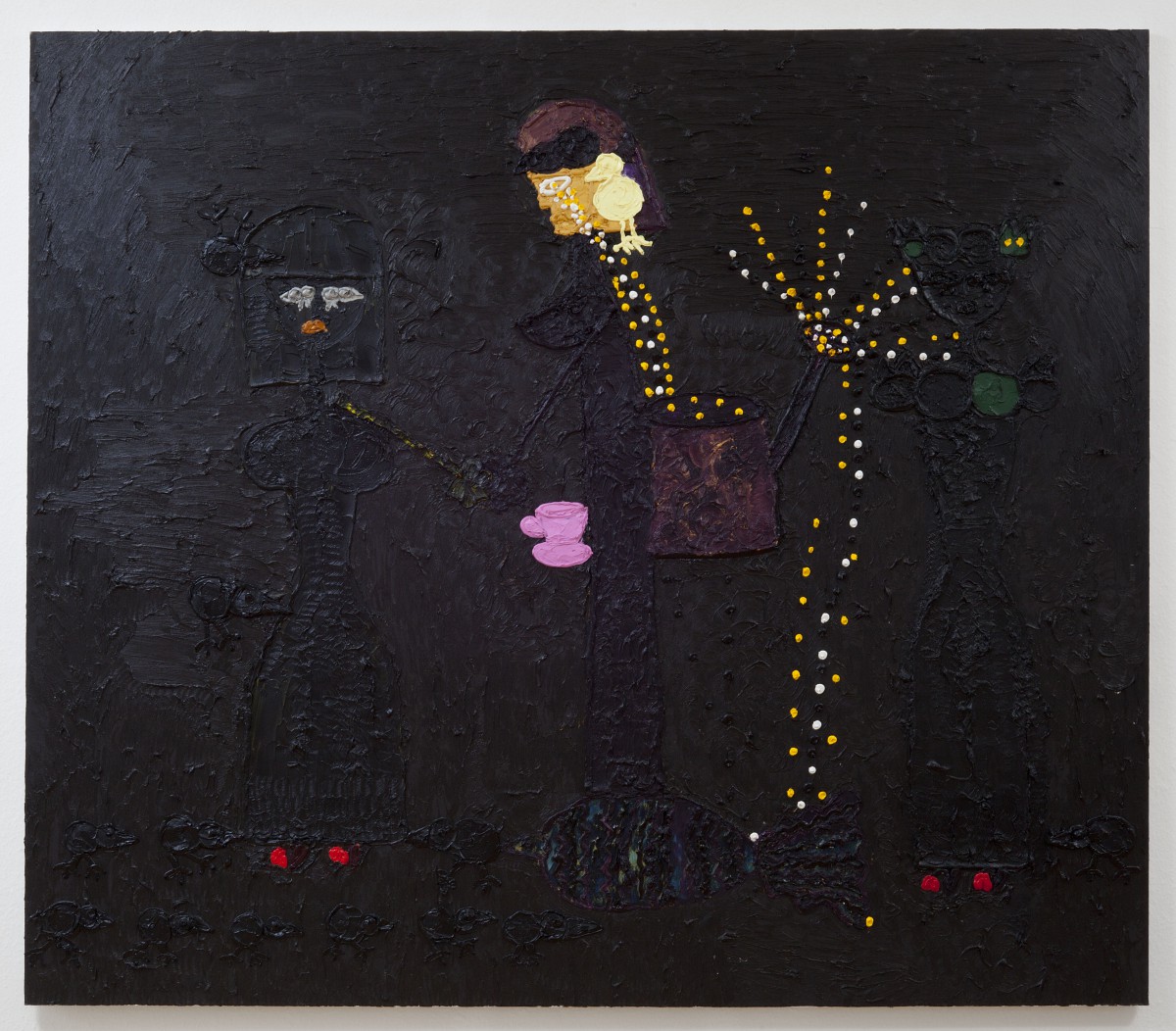
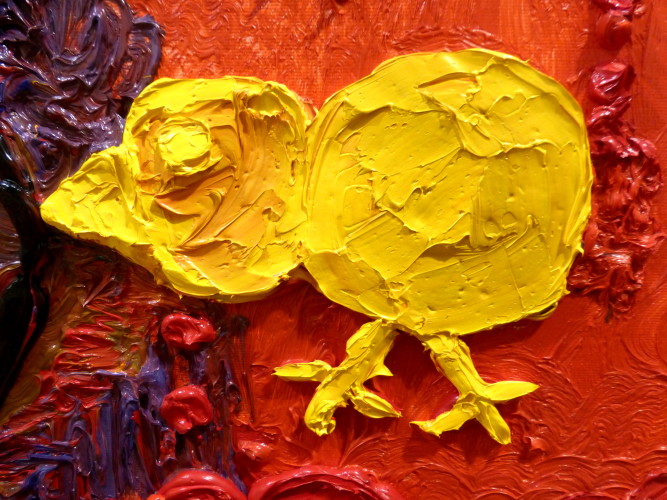
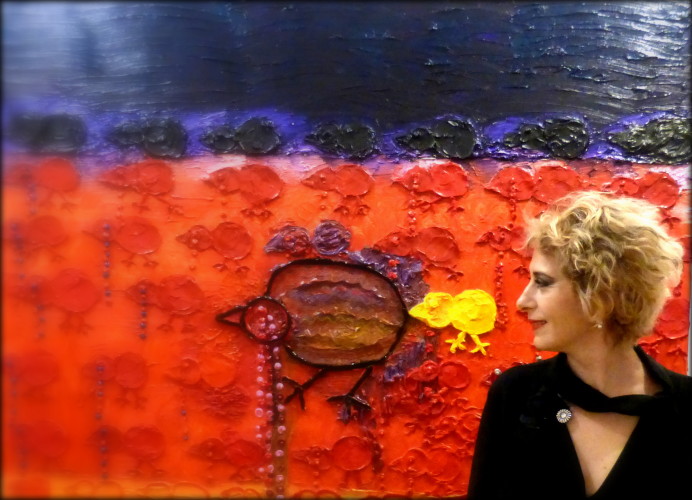
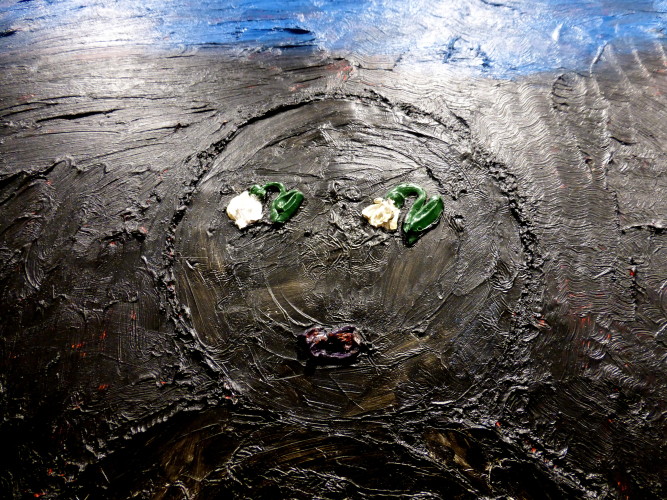
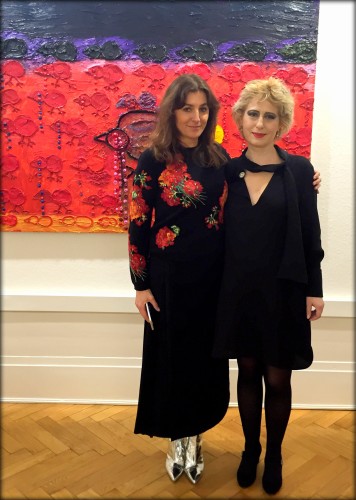
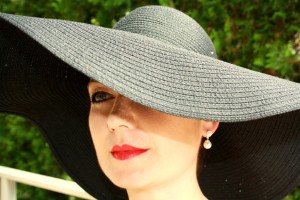
Comments are closed here.